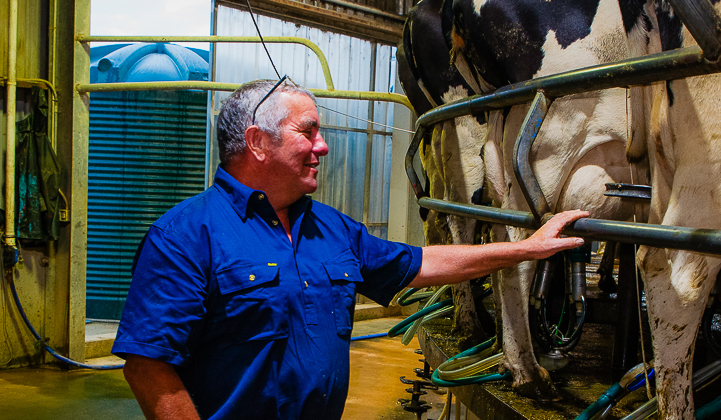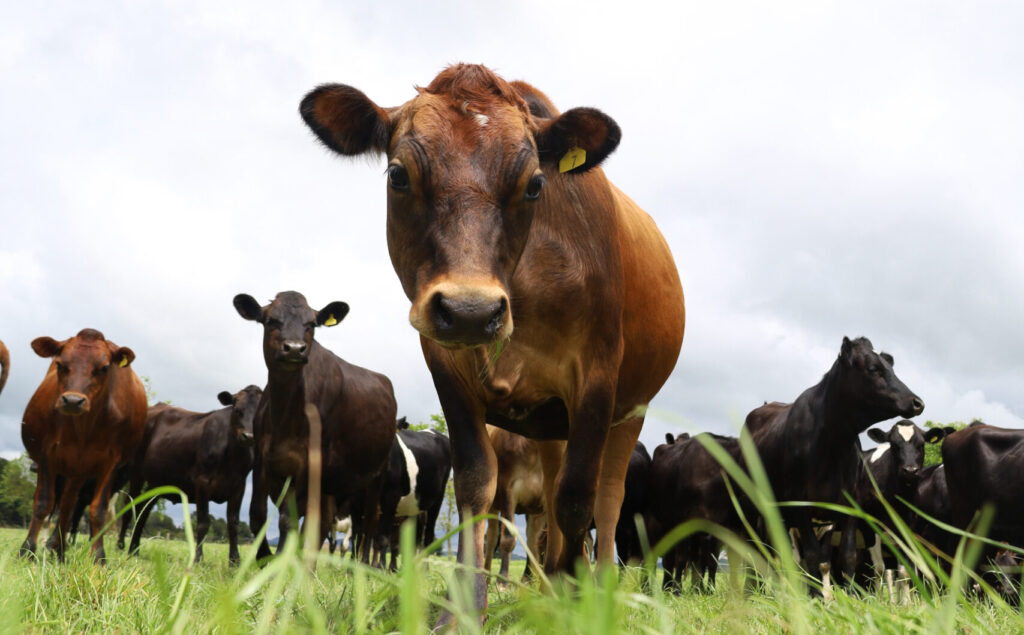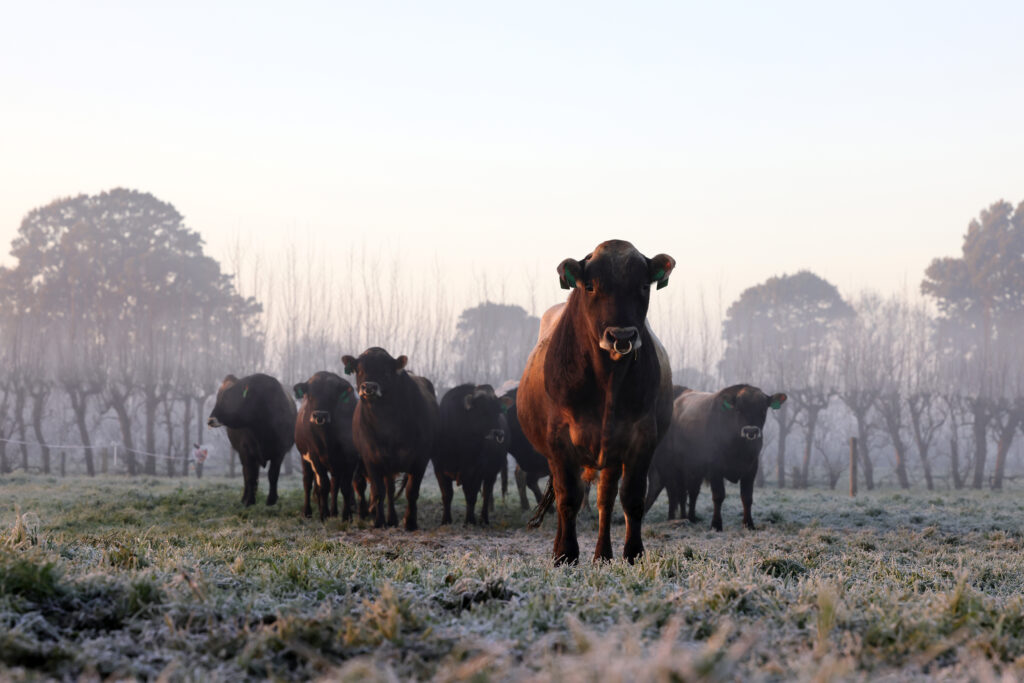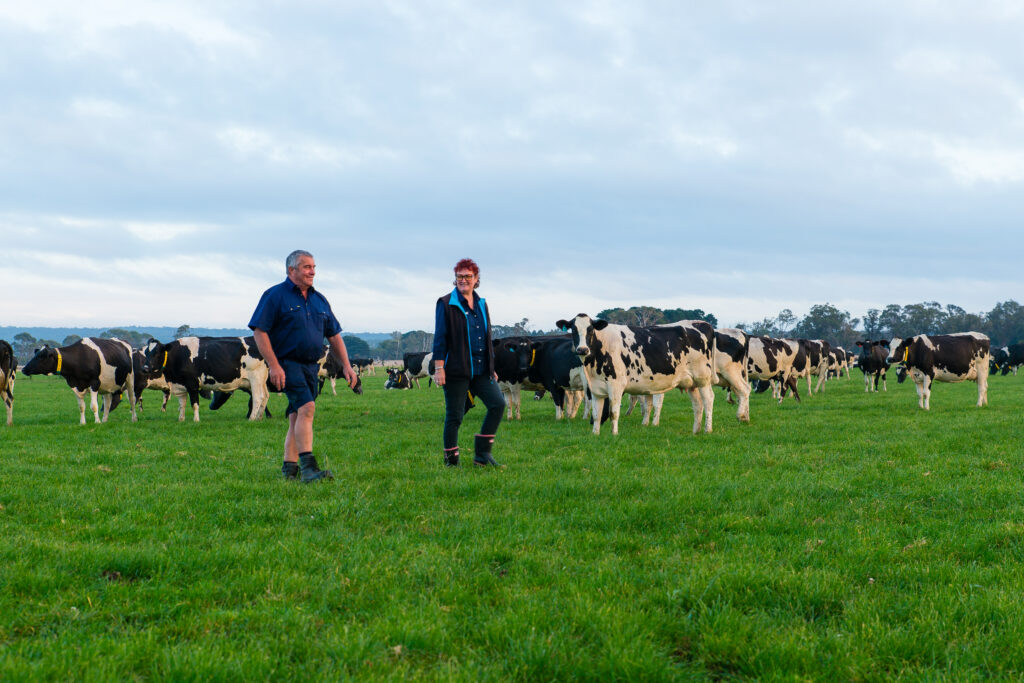In this new era of reduced cow numbers and changing environmental and regulatory considerations, it seems more important than ever for farmers to sharpen their focus on herd improvement and look to breed better, more efficient cows.
This article discusses LIC research that reveals some interesting insights about breeding worth and genetic gain; the data identifies a segment of farmers who are making the best strides in the quest for more-profitable, environmentally sound, outcomes.
As part of LIC’s commitment to faster genetic gain, its science team recently investigated the full spectrum of MINDA herds in search of the ‘best cows’, which included whether a clear correlation existed between breeding worth (BW) and production efficiency (in today’s typical herd).
The research re-affirmed high BW cows were more efficient milk producers than low BW cows, and that long-term users of LIC genetics continued to achieve faster rates of genetic gain than other farmers.
Close to 1 million cows, from current MINDA and Herd Tested herds aged between 4 -8 years-old, were split into quartiles based on BW: The average (per-cow) milk production, liveweight, and fertility breeding value (BV) from each quartile was calculated.
Results showed a staggering variation in milk production and efficiency between the ‘top-quartile’ and ‘bottom-quartile’ of the cows (when split on BW), at 65kg of milksolids, per cow, per season. The top quartile, high-BW, cows also had a lower liveweight BV, and a better fertility BV, compared to their lower BW herd mates.

David Chin, LIC chief executive said the data showed the progress the dairy industry had made since turning its focus to improving cow quality on-farm.
And there was plenty of opportunity that was still there for the taking, Chin said.
“This data shows that high-producing, climate-friendly cows aren’t just a hope for the future. They exist in the national herd today; we simply need more of them.
“If we’re going to meet our sector’s goals, we must breed more of those highly efficient cows that sit at the top, and fewer that sit at the bottom. “We’ve got the tools and the data to show further improvements in production efficiency are well within reach for every dairy farmer – and some herds are already doing it.”
Long-term users of LIC genetics are breeding these better cows, faster

The research also took a closer look at the rates of genetic gain that long-term users of LIC genetics were achieving.
To calculate the ‘rate of genetic gain’, the difference in gBW between one year of replacements versus the following year was compared.
Between 2017 and 2021, LIC ‘long-term users’ (herds with more than 80% progeny sired by an LIC bull over the last 10 years), had achieved almost double the rate of genetic gain per year, compared to herds with less than 20% progeny sired by an LIC bull (19 gBW vs. 10 gBW).
Chin said the findings confirmed the kind of gains that could be made with a strong focus on herd improvement and consistent use of high-BW bull teams.
“It’s really encouraging to see that farmers that have predominantly been using LIC bulls are achieving markedly higher rates of genetic gain in their herds. The bigger jumps in BW between each year of replacements, the faster you’re moving towards milking more efficient cows that emit less.”
Alongside farmers’ herd management decisions, genomics had played a key role in the increases, Chin said. “It’s no coincidence that the increased utilisation of genomics.
“By drawing on information from a bull’s DNA, we’re able to more-accurately identify high genetic merit sires at a young age and make these elite genetics available to farmers to breed from as early as possible.”
If the industry’s average rate of genetic gain increased to match herds that are long-term users
of LIC genetics, it would go a long way to counteract declining cow numbers and overall milk production.
“There are a number of factors influencing a farm’s productivity and environmental efficiency, but the contribution made by genetic gain cannot be underestimated,” Chin said.
“Our data shows there are already herds in New Zealand that are achieving substantial gains in genetic merit which are delivering noticeable value to these farms in the form of increased production efficiency and improved environmental efficiency.
“The genetics and technology to help farmers breed better cows, faster, is here now and we’re proud of the role we play in helping farmers achieve just that.”
Contact your District Manager for a personalised discussion on how LIC can help you reach your herd improvement goals



